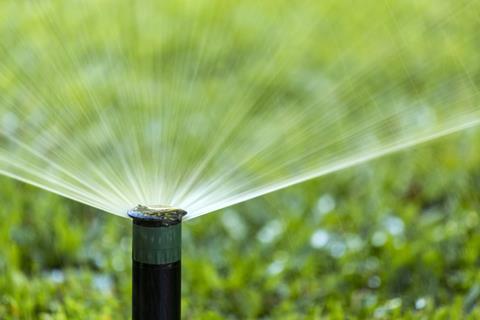Ozone generator proves to be healthier alternative to established chlorination technology for small-scale wastewater treatment

Every day, 34 billion litres of fresh water are used for landscape irrigation in the US. Source: © iStock
Scientists in the US have proven that wastewater disinfection by ozonation can reduce impacts on human health compared with chlorination, today’s most commonly used method.
34 billion litres of fresh water are used in the US every day for landscape irrigation. Small-scale disinfectant systems could curb this enormous need by allowing households and businesses to recycle their own wastewater.
Currently, wastewater disinfection is mainly carried out using chlorination, where chlorine or hypochlorite is added to the water to kill pathogens, but now microplasma ozonation has emerged as a competitor to this established system. In this new technology ozone, a powerful disinfectant, is produced using electricity and oxygen in a stacked generator. This allows energy efficiency and easy operation for small-scale water treatment.
Despite both technologies aiming to benefit human health by removing pathogens, they do have hidden health impacts due to emissions and energy consumption during setup and operation – factors that are rarely considered. Now, Jeremy Guest, Thanh Nguyen and their team from the University of Illinois have decided to put this emerging technology to the test.
Read the full article in Chemistry World.
Shengkun Dong, Jun Li, Min-Hwan Kim, Sung-Jin Park, J. Gary Eden, Jeremy S. Guest and Thanh H. Nguyen
Environ. Sci.: Water Res. Technol., 2017, Advance Article
DOI: 10.1039/C6EW00235H










